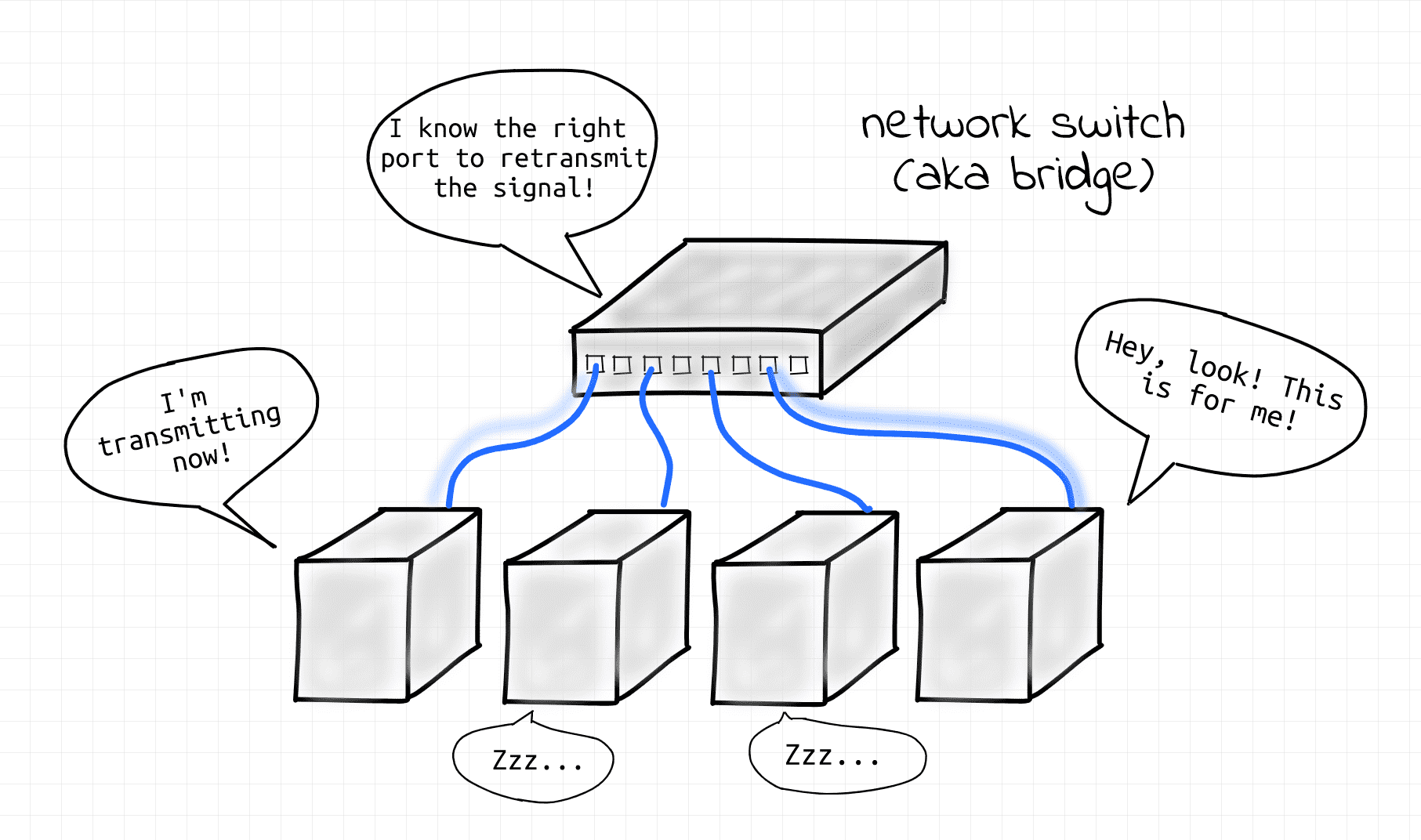Bridge vs. Switch: What I Learned From a Data Center Tour
The difference between these two networking devices has been an unsolvable mystery to me for quite some time. For a while, I used to use the words "bridge" and "switch" interchangeably. But after getting more into networking, I started noticing that some people tend to see them as rather different devices... So, maybe I've been totally wrong? Maybe saying "bridge aka switch" is way too inaccurate?
Let's try to figure it out!
